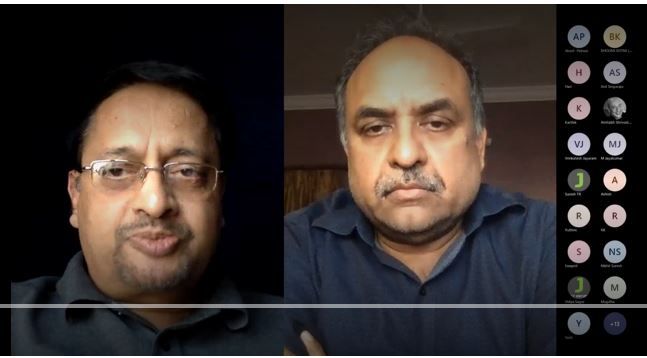Account Aggregator Framework : Indiastack’s next opportunity

The account aggregator system in India is designed to facilitate the sharing of financial data across institutions, to improve access to formal financial services such as loans and insurance. Account aggregators are licensed entities under the Reserve Bank of India (RBI) and can operate commercially. They are unique in that they are not restricted to entities only under the jurisdiction of the RBI, but also under the jurisdiction of all four financial regulators in India. Under this system, any entity registered and regulated by any of these four regulators (ie. RBI, IRDAI, SEBI and Pension) can automatically participate as a Financial Information Provider (FIP) or a Financial Information User (FIU).
AA framework is part of the overall India stack. The India stack is a set of technologies and infrastructure that aims to improve financial inclusion in India. It consists of three layers: an identity layer, a payment layer, and a data layer. The identity layer is based on the Aadhaar system, which assigns a unique identification number to every Indian citizen. The payment layer is based on the Unified Payments Interface (UPI), which allows for easy and secure online transactions. The data layer is designed to allow for the sharing of financial data across institutions, to improve access to formal financial services such as loans and insurance. However, the data layer is still a work in progress and there are still challenges in terms of data silos and sharing of information between institutions.
Customers can download account aggregator apps, link their accounts, and give consent for their data to be shared with specific financial institutions. The account aggregator sends a notification to the customer, asking for consent to share data with a specific institution for a specific purpose and period of time. The account aggregator then requests the data from the FIP, which encrypts the data with the RBI’s key and sends it to the account aggregator. The account aggregator then passes the data to the FIU and deletes the data from its own system, making it “data blind”.
The account aggregator system in India allows customers to see all their past transactions and with whom they have shared their data. This end-to-end digital process reduces friction and drop-offs in the loan application process, and also reduces fraud detection costs for financial institutions. It also enables small-ticket size loans for MSMEs and other borrowers who previously had difficulty accessing formal credit. The ecosystem has been growing, with technology service providers, account aggregators, FIPs and FIUs all participating.
As of September 2022, about 1700 crore worth of loans have been given using the account aggregator system, and about 120 institutions have already gone live as FIUs and 27 of them are providing data cards. It also allows lenders to keep an eye on the financial health of their borrower and to get early warning signals to engage with the borrower in case of loan restructuring.
When it comes to the business model, key is revenue generation for Financial Information Utilities (FIPs) and how they will pay Technology Service Providers (TSPs) in the ecosystem. FIPs should focus on the untapped market such as insurance, securities, and pension funds, as there is a large gap in loans to be given to Micro, Small and Medium Enterprises (MSMEs) each year. FIPs currently offer all information for free, and their opportunity is in expanding their services to the untapped market. In terms of data storage, the data life should be related to the service provided, and the regulation allows for data storage for the duration of the service. There is a special focus on on-boarding Regional Rural Banks (RRBs) and cooperatives, but it takes more time as these smaller institutions are not as technologically prepared as larger ones.